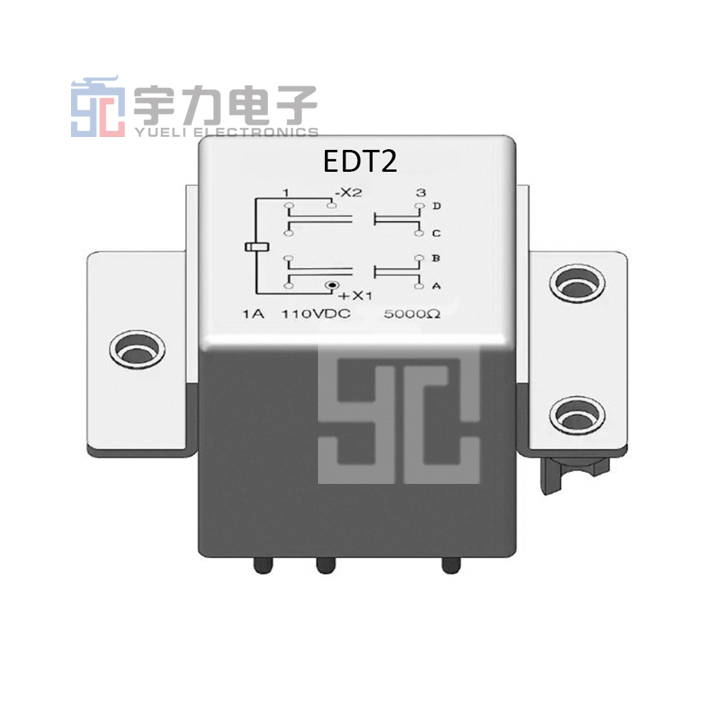The Science Behind Three Phase Relays: Understanding Their Mechanisms and Applications
2025-06-30

The Science Behind Three Phase Relays: Understanding Their Mechanisms and Applications
Table of Contents
1. Introduction to Three Phase Relays
2. The Basics of Relay Operation
2.1 What is a Relay?
2.2 Types of Relays
3. Understanding Three Phase Systems
3.1 What is a Three Phase System?
3.2 Advantages of Three Phase Systems
4. The Functionality of Three Phase Relays
4.1 How Do Three Phase Relays Work?
4.2 Key Components of a Three Phase Relay
5. Applications of Three Phase Relays
5.1 Industrial Applications
5.2 Commercial Applications
6. Maintenance and Troubleshooting of Three Phase Relays
6.1 Common Issues
6.2 Best Practices for Maintenance
7. Future Trends in Relay Technology
8. FAQs about Three Phase Relays
9. Conclusion
1. Introduction to Three Phase Relays
Three phase relays are essential devices that play a pivotal role in the management and protection of three phase electrical systems. As we delve into the science behind these relays, we will uncover their mechanisms, applications, and significance in modern electrical engineering.
2. The Basics of Relay Operation
To appreciate the functionality of three phase relays, it is crucial to understand the fundamental operation of relays in general.
2.1 What is a Relay?
A relay is an electromechanical switch that uses an electromagnetic coil to open or close a circuit. When an electric current passes through the coil, it generates a magnetic field that pulls a lever or armature, either making or breaking the circuit connection.
2.2 Types of Relays
There are several types of relays, including electromagnetic relays, solid-state relays, and thermal relays. Each type has unique characteristics that make it suitable for specific applications.
3. Understanding Three Phase Systems
Three phase systems are widely used in industrial and commercial applications due to their efficiency and reliability.
3.1 What is a Three Phase System?
A three phase system utilizes three alternating currents that are offset by one-third of a cycle, providing a more stable and efficient power supply. This configuration allows for reduced conductor size and lower power losses.
3.2 Advantages of Three Phase Systems
The advantages of three phase systems include smoother operation of motors, reduced energy losses, and the ability to supply higher loads with less equipment. These benefits make three phase systems the preferred choice in many industrial settings.
4. The Functionality of Three Phase Relays
Three phase relays are specifically designed to monitor and control three phase electrical systems, providing both protection and operational enhancements.
4.1 How Do Three Phase Relays Work?
Three phase relays operate by continuously monitoring the three phases of an electrical system. They can detect abnormalities such as phase loss, phase reversal, and overload conditions. When an issue is detected, the relay activates, allowing it to disconnect the circuit and protect the equipment.
4.2 Key Components of a Three Phase Relay
The key components of a three phase relay include the coil, contacts, and a control mechanism. The coil generates a magnetic field, while the contacts open or close the circuit based on the relay's operation. The control mechanism ensures that the relay responds accurately to changes in the electrical system.
5. Applications of Three Phase Relays
Three phase relays are utilized in various sectors, reflecting their versatility and importance.
5.1 Industrial Applications
In industrial environments, three phase relays are commonly used for motor control, load shedding, and as protective devices against overloads and short circuits. Their reliability ensures continuous operation even in demanding conditions.
5.2 Commercial Applications
In commercial settings, three phase relays support HVAC systems, lighting controls, and large-scale electrical installations. They enhance efficiency and maintain safety standards across various applications.
6. Maintenance and Troubleshooting of Three Phase Relays
Regular maintenance and troubleshooting are essential to ensure the optimal performance of three phase relays.
6.1 Common Issues
Common issues in three phase relays include contact wear, coil failure, and misalignment. These problems can compromise the relay's functionality and necessitate prompt attention.
6.2 Best Practices for Maintenance
To maintain three phase relays effectively, we recommend routine inspections, cleaning of contacts, and testing the relay's response to simulated faults. Following manufacturer guidelines ensures longevity and reliability.
7. Future Trends in Relay Technology
The future of relay technology is poised for innovation, with advancements in digital relays, integration with smart grids, and enhanced communication protocols. These developments will further improve efficiency and reliability in electrical systems.
8. FAQs about Three Phase Relays
8.1 What are the main functions of a three phase relay?
Three phase relays primarily monitor the system for abnormalities, disconnect the circuit in case of faults, and ensure the safe operation of electrical equipment.
8.2 How do I choose the right three phase relay?
Selecting the appropriate relay involves considering the system's voltage, current ratings, and specific application requirements. Consulting with an expert can provide tailored recommendations.
8.3 Can three phase relays be used in single phase applications?
While three phase relays are designed for three phase systems, some models can be adapted for single phase applications, but this is not common practice and should be approached with caution.
8.4 What are the safety features of three phase relays?
Modern three phase relays come equipped with features such as time delays, voltage protection, and phase sequence monitoring to enhance safety.
8.5 How often should three phase relays be tested?
It is recommended to test three phase relays at least once a year, or more frequently based on the environment and usage conditions.
9. Conclusion
The science behind three phase relays is intricate and critical for the efficient operation of electrical systems. Understanding their functionality, applications, and maintenance practices not only enhances our knowledge but also empowers us to utilize these devices effectively. As technology continues to evolve, staying informed about advancements in relay technology will be essential for engineers and technicians in the electrical field.
Previous:


